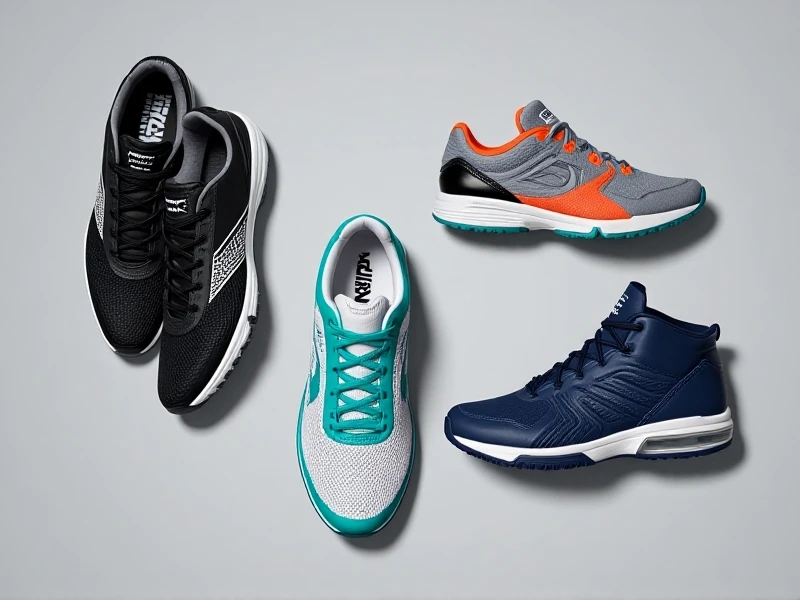Finding Your Perfect Match: The Ultimate Guide to Running Shoes

The right pair of running shoes isn't just footwear; it's your foundation for every stride, mile, and personal best. Choosing wisely can boost performance, enhance comfort, and significantly reduce injury risk. With countless models shouting for attention, navigating the world of running shoes can feel overwhelming. This guide cuts through the noise, helping you find your ideal fit.
Comfort reigns supreme. Ignore flashy trends; a well-fitting shoe should feel secure yet comfortable immediately – no painful "break-in period" needed. Pay close attention to width: cramped toes cause blackened nails and blisters, while excessive sliding leads to instability. Midfoot fit should offer a supportive hug without constriction.
Match the shoe type to your activity and foot mechanics. Are you pounding pavement or hitting trails? Road running shoes prioritize cushioning and flexibility for asphalt, while trail versions offer aggressive traction, rock plates, and enhanced stability for unpredictable terrain. For runners needing extra support, stability or motion-control shoes help correct overpronation. Neutral runners generally enjoy the most choice in cushioning levels, from plush to firm and responsive.
Understanding cushioning levels is key. Maximal cushioning absorbs immense impact, ideal for long distances or runners seeking joint relief. Minimalist models promote ground feel and a natural stride. Mid-range cushioning hits the sweet spot for many, offering a blend of comfort and energy return. Consider your usual running distance and personal preference for impact absorption.
Don't neglect underfoot support. The midsole technology (EVA foam, PU, PEBAX-based foams like Peba) dictates the ride's feel – soft, springy, rigid, or balanced. The outsole's rubber compound and lugs determine grip and durability. Mesh uppers prioritize breathability, while supportive overlays lock your foot down.
Finally, establish a running shoes replacement timeline. Typically, they lose significant cushioning and support between 300-500 miles. Worn treads or midsole creases are clear signs. Fresh running shoes are an investment in your health and enjoyment. Visit specialty running stores for gait analysis and expert fitting advice to discover your true match. Your best run awaits!